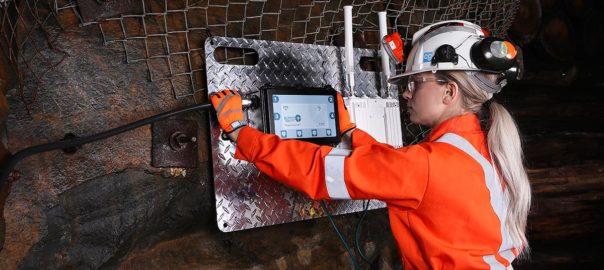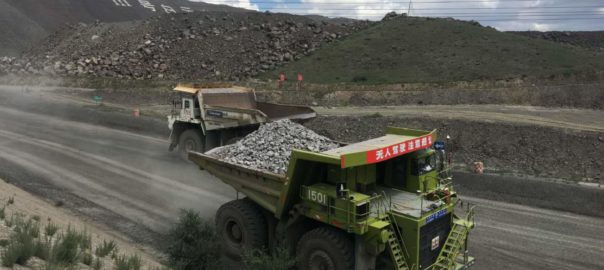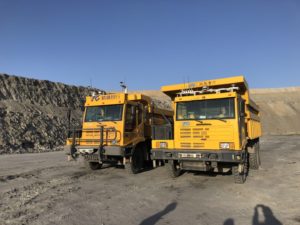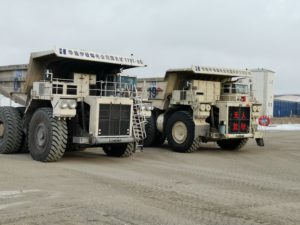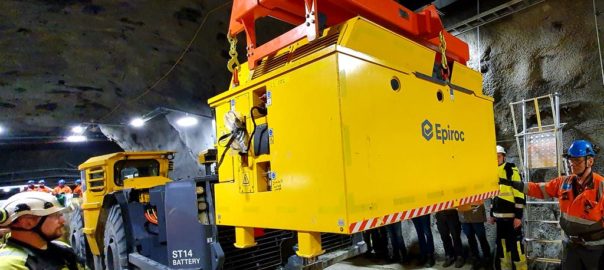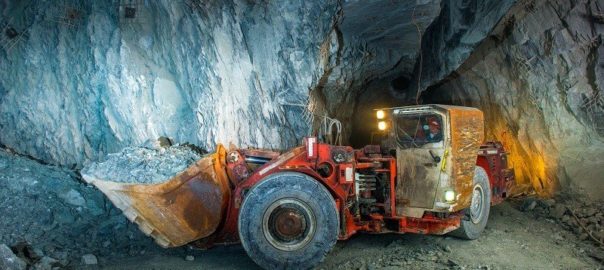Matrix Design Group is to introduce Maestro Digital Mine’s Plexus PowerNet™ networking system to the US market following the signing of a distribution agreement between the two companies.
Plexus PowerNet, the first coaxial-based gigabit network, provides both data and power over a single cable, according to Canada-based Maestro. The system delivers a high-speed, low-latency digital communication network that provides PoE+ power to Access Points, cameras and any other IP-based devices, it says.
The Plexus PowerNet coaxial cable carries both power and network connectivity, eliminating the need to run both fibre and power to new network devices. The system can also extend a fibre-optic-based system from the fibre patch panel at any level as needed. Plexus PowerNet eliminates the need for costly outside fibre-optic contractors and can be installed and maintained by any mine personnel, Maestro says.
Chris Adkins, Sales/Business Development, Matrix Design Group, said: “For a mining application, Maestro gives mines the ability to have high-speed data and power without the technical and time constraints of running a fibre network to the face of the mine. Of course, the maintenance requirements of fibre are complex, but Maestro has reinvented the high-speed data network, allowing delivery of real-time data and power combined into one durable coaxial cable that’s easy to install, maintain and repair.”
The Plexus PowerNet is a backbone network system that can be used in mines with or without a fibre-optic network, Maestro says.
“Supporting existing underground infrastructure, Plexus provides network connectivity to new and existing IIoT devices and automation technologies,” the company said. “It enables the digital mine and connected worker for: autonomous and tele-remote vehicles; telemetry to drills, loaders and support equipment; support for short interval control and connectivity to tablet and smart devices; IoT sensors, such as environmental and seismicity; Voice over IP; augmented reality; asset tracking; PoE+ based IP cameras and PoE+ LED lights for paste fill; and PLC connectivity. Plexus is an enabling technology for the digital mine.”
Michael Gribbons, Co-founder and CEO, Maestro Digital Mine, stated: “The collaboration with Matrix Design Group is an essential part of expanding our reach into the US market with a team that understands the value of our digital network solution and how it aligns with the mines in the area. Bringing digital solutions, such as the Plexus PowerNet, online enables worker safety, increased production and reduced costs; all of which are vital to Maestro and Matrix.”







